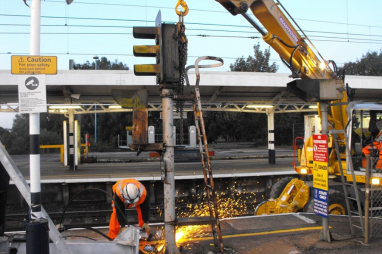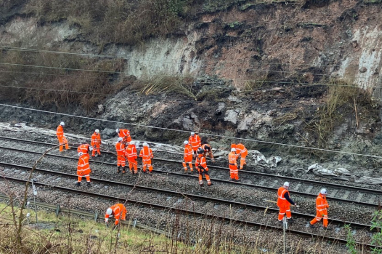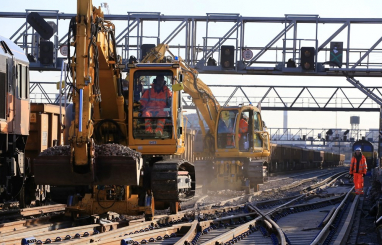- Adidas x Pharrell NMD HU Gold - adidas Nizza Platform Mid Parley Almost Blue W Release Date - SBD
- IetpShops - Is a Nike SB x Air Jordan 8 Retro BG Three - 142 Pine Green in the Pipeline Low PSG DZ4133 , 008 Release Date - Is a Nike SB x Air Jordan 4 Pine Green in the Pipeline - Peat 305368
- Nike Killshot KD 10 Opening Night , Женские кроссовки nike Killshot air force 1 — цена 1200 грн в каталоге Кроссовки ✓ Купить женские вещи по доступной цене на Шафе , Украина #129154822
- The adidas CRAZY BYW Gets a Luxury Makeover From Bristol Studio - StclaircomoShops - adidas campus adv grey six
- Nike Nsw Therma - Fit Repel Puffer Jacket– JmksportShops - ladies length nike air max 95 essential black gold
- eastbay restock large amount air jordans
- nike air force 1 low white gold dc2181 100 release date info
- Nike Blazer Mid 77 Catechu DC9265 101 Release Date
- air jordan 4 white tech grey black fire red ct8527 100 release date
- Air Jordan 1 Satin Black Toe CD0461 016 2019 Release Date 4
- Home
- News and analysis
- Info hubs
- Events
- Video
- Case Studies
- About us
- Magazine
- Advertising
Produced for the industry by the Association for Consultancy and Engineering
News
Network Rail set for engineering milestone with new tunnel installation

A massive 11,000 tonne curved concrete box is to be pushed under one of the country’s most famous railway lines in a first for UK engineering.
The structure, which weighs more than the Eiffel Tower, is being installed in a painstaking nine-day operation as part of the £1.2bn upgrade of the East Coast Main Line.
Engineers have spent the last nine months building the new tunnel by the side of the East Coast Main Line as trains have sped past between London and Edinburgh.
And now the massive concrete construction is ready to be pushed into place along pre-installed guiding supports, after the three tracks above have been temporarily removed.
The work is being carried out at Werrington, north of Peterborough, where the East Coast Main Line is crossed by a slow-moving east-west freight route. Installing the tunnel will take slower freight trains off the fast route, speeding up services and improving reliability, while also reducing the amount of maintenance required on that section of track.
The new tunnel is a 155-metre curved concrete box that will be painstakingly pushed at 150cm per hour, using massive jacks to propel and steer it into place. It will be the first time this construction technique has been used in this way in the UK.
Using a traditional method of installing a tunnel on the crucial stretch of the line would have meant closing it completely for about a month. But the pre-constructed structure will be installed in just nine days – and means a reduced level of service will be able to operate at the same time.
Paul Rutter, route director for Network Rail’s East Coast Route, said: “This is a massive engineering challenge, but it will avoid hundreds of hours of closure on one of the most important lines in the country. This is industry leading work that really puts the needs of passengers first in how we approach improvement work.
“In the past, Network Rail might have approached this problem by thinking about the easiest way to do the engineering. Instead, I’m proud to say we have come up with a creative and innovative solution that will deliver massive benefits while keeping disruption to a minimum.”
Chris Heaton Harris, rail minister, said: “This is an astonishing feat, underlining this country’s reputation for pioneering engineering and delivering major upgrades for passengers. By undertaking a project of this magnitude now we are making the most of our railways being quieter, putting in place vital new infrastructure that will improve our railways for when passengers are safe to return.”





